The summer of 2023 was Earth’s warmest ever, bringing heatwaves across the globe. The US electric grid, in lockstep, reached new demand highs, with ten – ten! - new peak-demand records set successively in Texas’ ERCOT.
In this blog post, we’ll explore the connection between weather, peak demand on the grid, and coincident peaks.
What is a coincident peak?
A coincident peak (CP), as defined by certain ISOs and RTOs, is a single hour where demand on the grid hits a peak point within a certain month or season. This will usually coincide with “everyone coming home on the hottest workday of the summer” or “coldest day of the winter.” Some grid authorities will identify single highest-demand hour of the summer; others will track the highest-demand hour within each of five months. Some consider weekends and holidays eligible, while others do not; in PJM, rules even vary by zone. As you can imagine, CP policies are hard to keep up with, especially for customers operating across multiple zones or even across different ISOs.
The amount of capacity and transmission used during CP events is then used to calculate capacity and transmission charges for the following calendar year. For large commercial & industrial customers, then, the amount of electricity they use during these few hours can influence upwards of 20% of their energy bill. For battery operators, discharging batteries during these hours can be advantageous to their bottom line as well. Finally, load-serving entities often want to know when CP events will happen, just to ensure sufficient supply.
In turn, as customers react to these policies, peaks get “smoothed out,” creating a more predictable load that is less reliant on expensive, high-carbon peaker plants.
Region # of peaks
ERCOT 4
MISO PLC 4
ISO-NE PLC 1
NYISO ICAP 1
PJM PLC 5
PJM NSPL 5
Challenges in predicting CP events
Now, you might be wondering: if the CP Event is at a single given hour for a given region and season, why does anyone use more electricity than absolutely necessary during that hour?
The answer is simple: We don’t know which hours are peak hours until the season (or month, or year, depending on ISO rules) is over. There is no announcement ahead of time. What’s more, just as rush hour shifts if everyone leaves work early to beat traffic, widespread demand response will simply shift the peak hour.
So everyone is forced to use imperfect methods to predict CP events. One common strategy is simply to look at total demand during previous CP events, reacting whenever forecasted demand is equal to or greater than that level.
But this doesn’t hold up in years like last year, when new records were set every few days. One alternative strategy is to use Amperon’s AI model, which takes between 50 and 100 different features of historical load data and combines it with Amperon’s current grid projections. This is a much more successful strategy if you want to identify CP events before the ISO announces them.
Taking a peek at the Peak Alerts product
Each day, in each region, we assign a Peak Score to the day. The Peak Score is given out of 100. A score above 90 predicts a Coincident Peak event, and a score below 90 does not.
- Score above 70 [or your custom threshold]: Alert sent out via email or API.
- Score below 90: Peak happening today is unlikely.
- Score 90+: Alert! Amperon is predicting there will be a peak event.
Although it looks like a “percentage”, a score of 50 does NOT indicate there is a 50% chance of a peak event. We consider a score at 90 or above to be a “predicted peak." Depending on factors such as tariff rates and shutdown costs, different customers may decide that a more or less conservative alerting threshold makes more sense for their business.
Here’s an example of our Peak Alerts email. On days a Peak Score crosses a customer’s threshold, we send an email containing the Peak Scores and predicted peak hour.
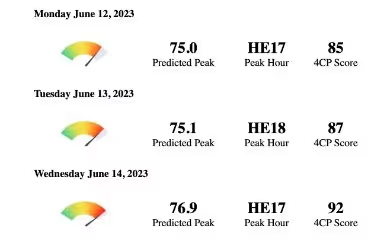
You can check out our 2023 Peak Alert Performance Report here. If you’re interested in getting these alerts, whether via email or API, we’d love to talk!



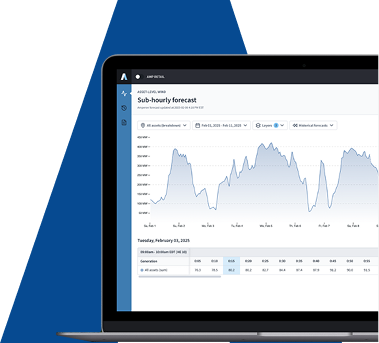
.svg)





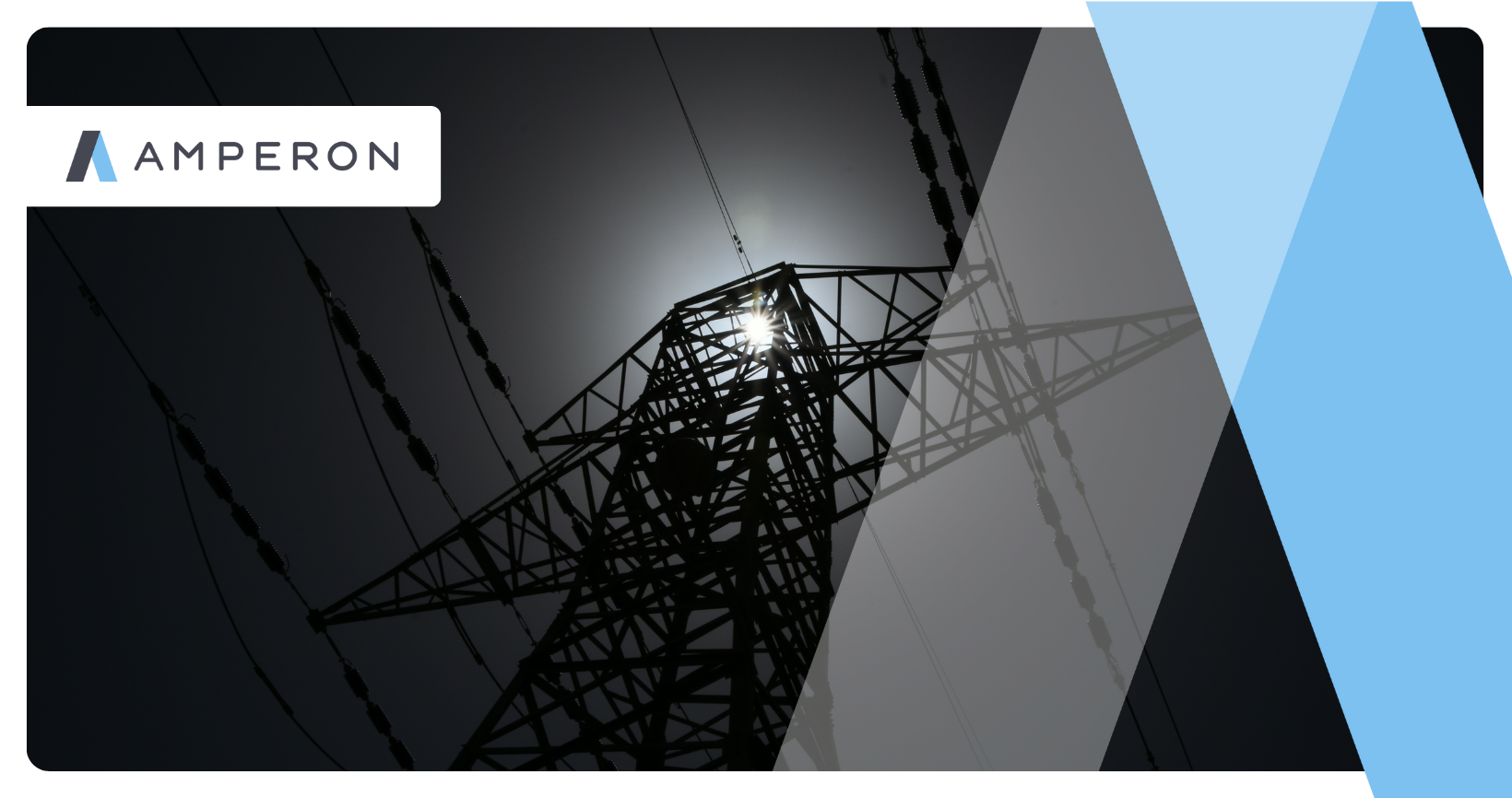

%20(3).png)
%20(2).png)
%20(1).png)

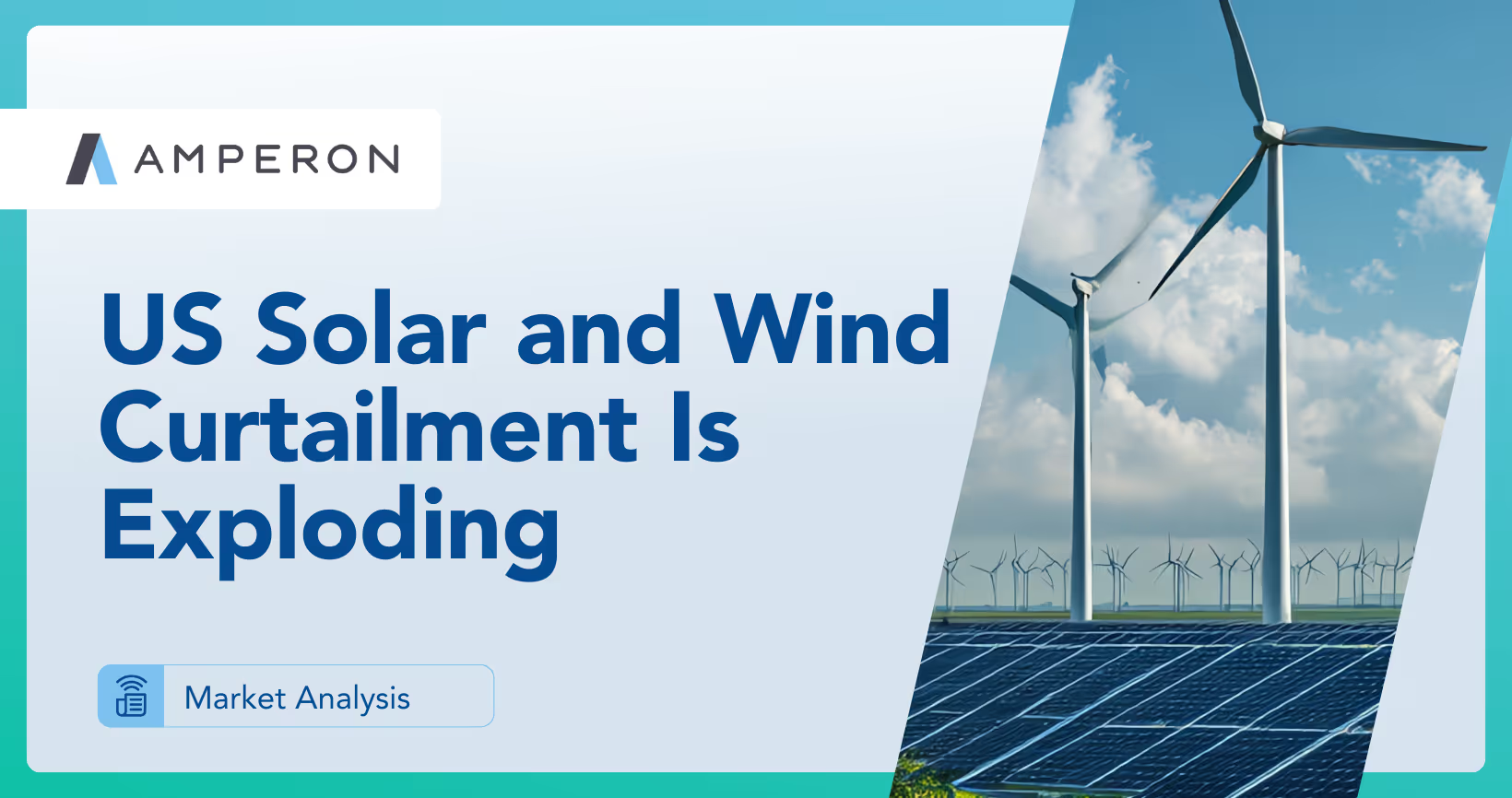

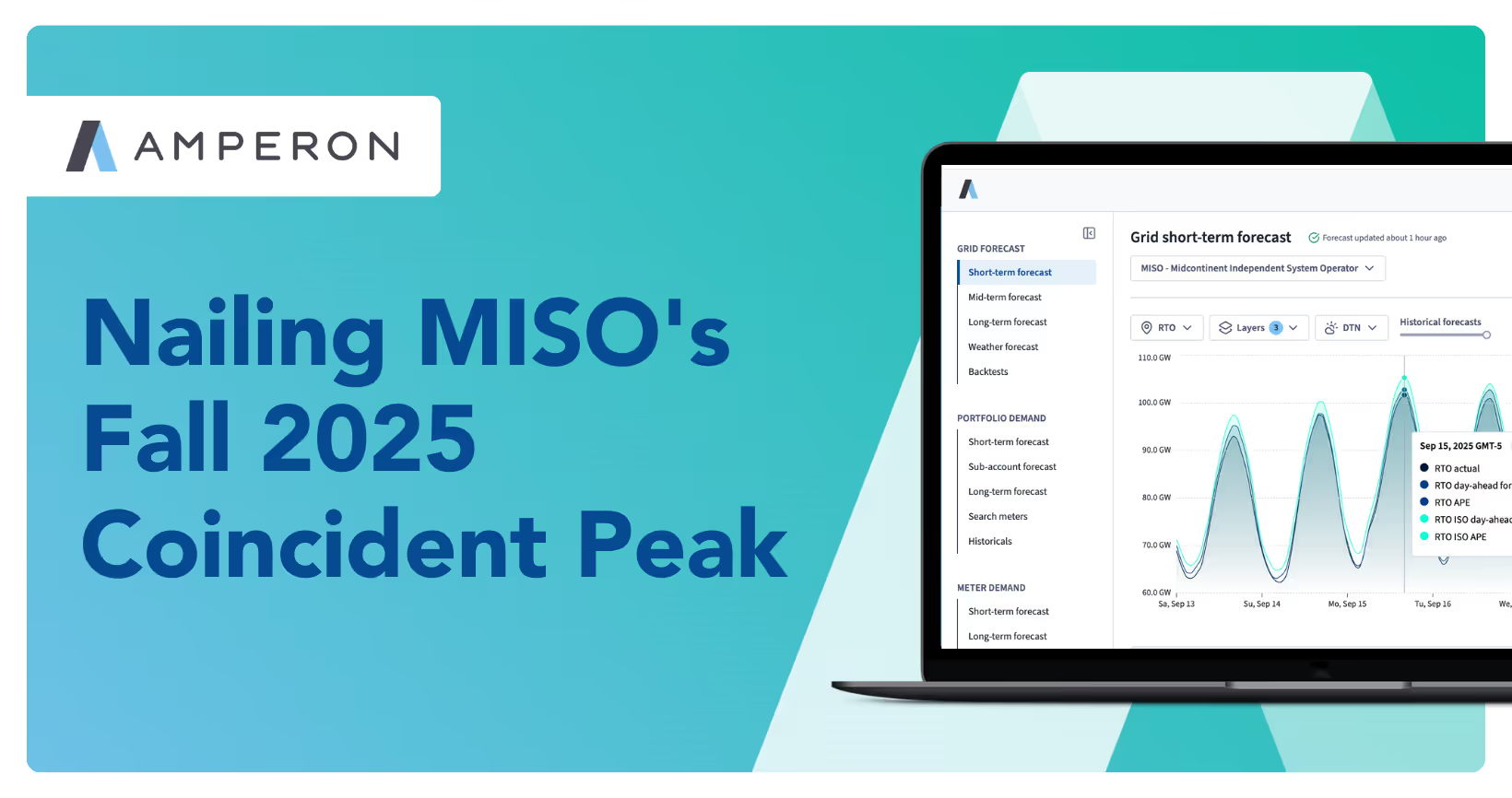

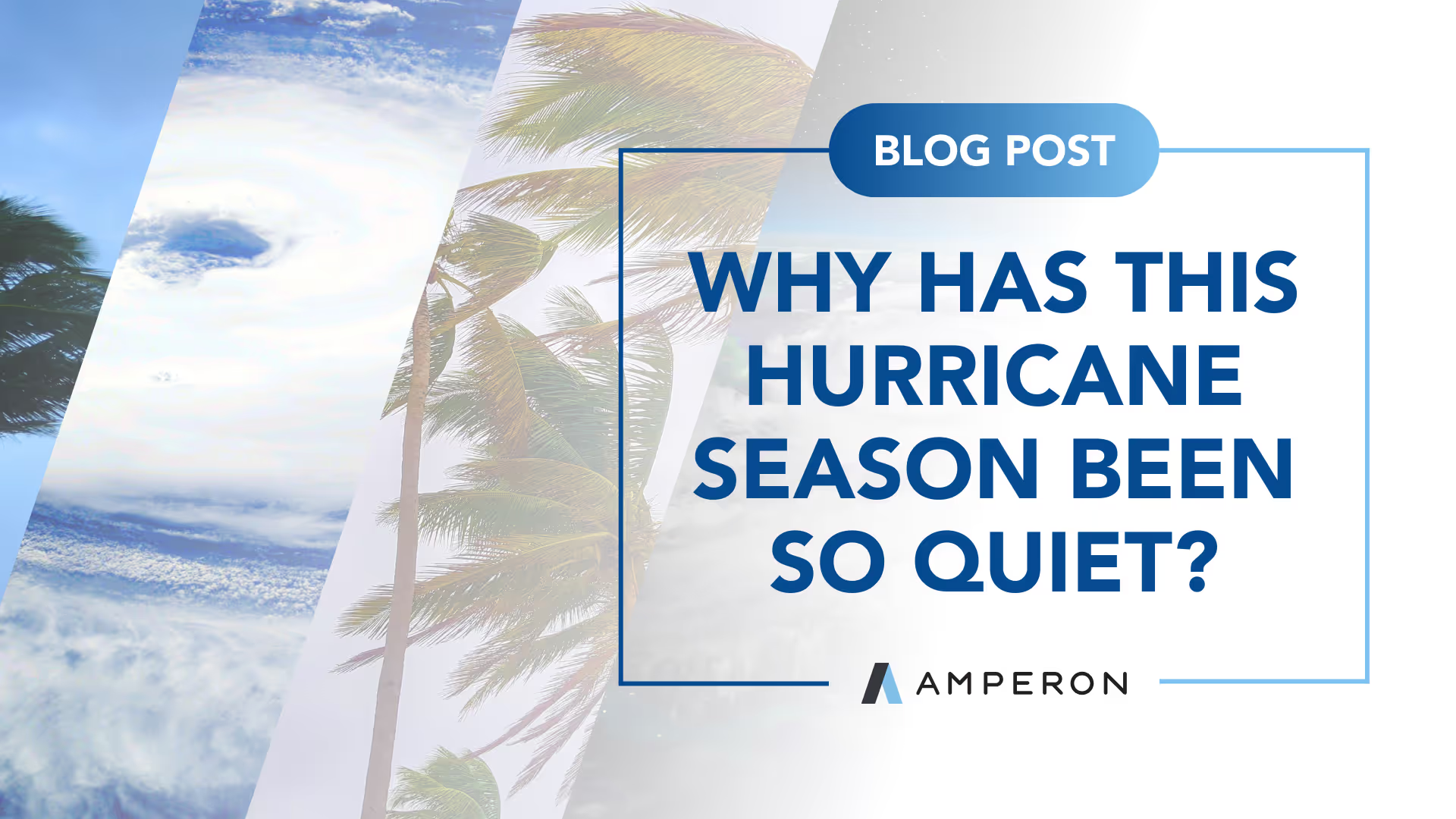
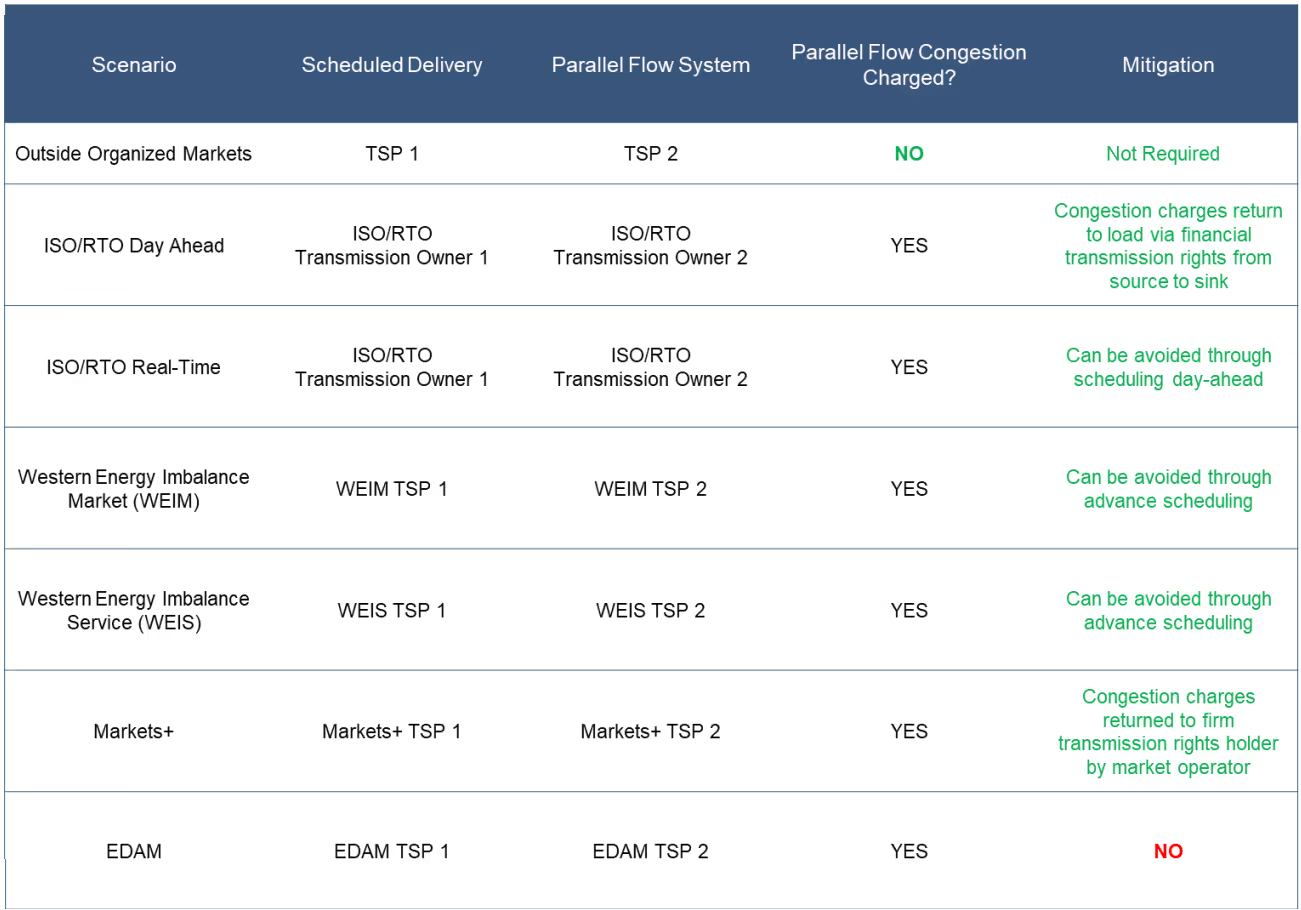
.png)

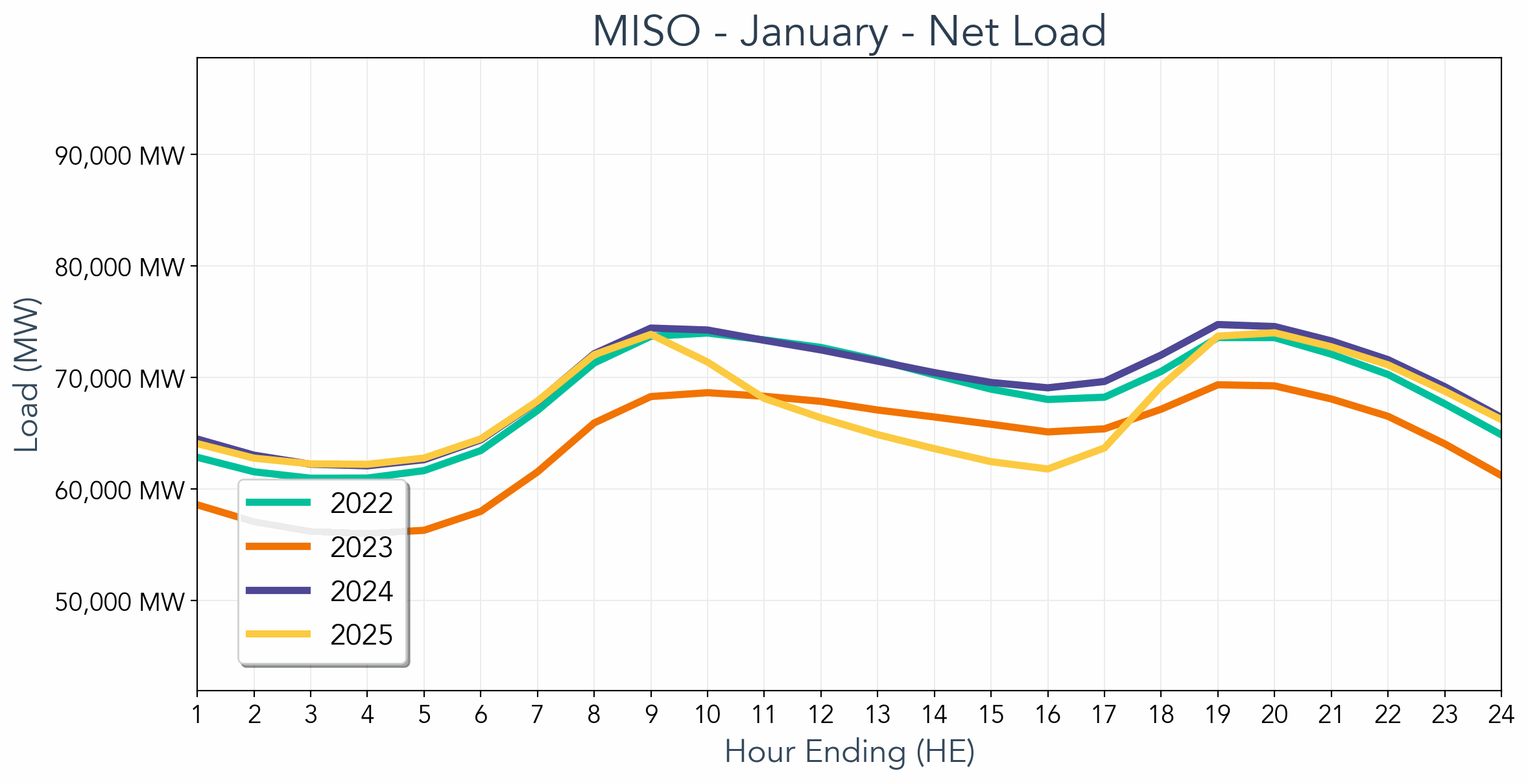

.avif)



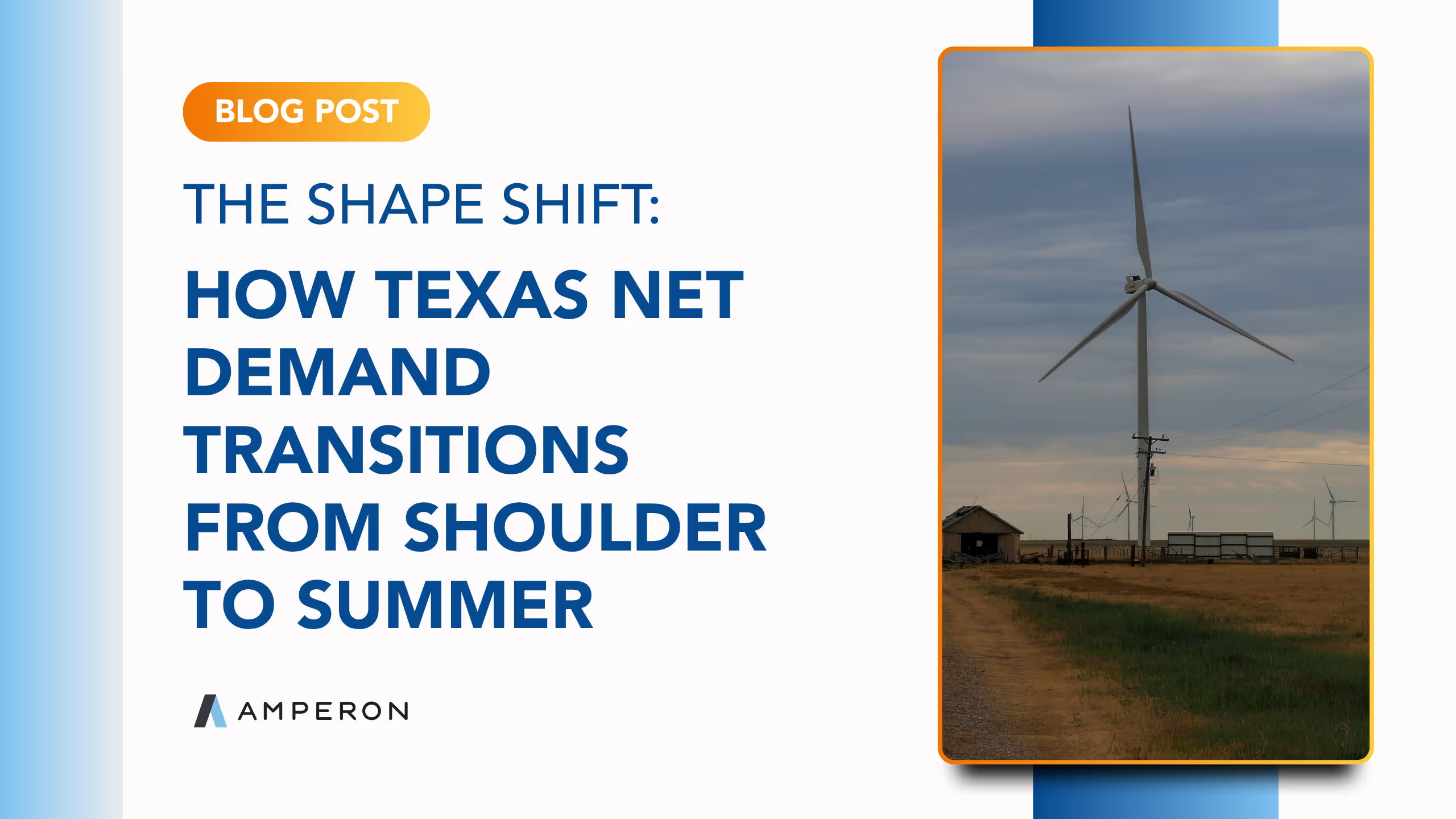
.avif)
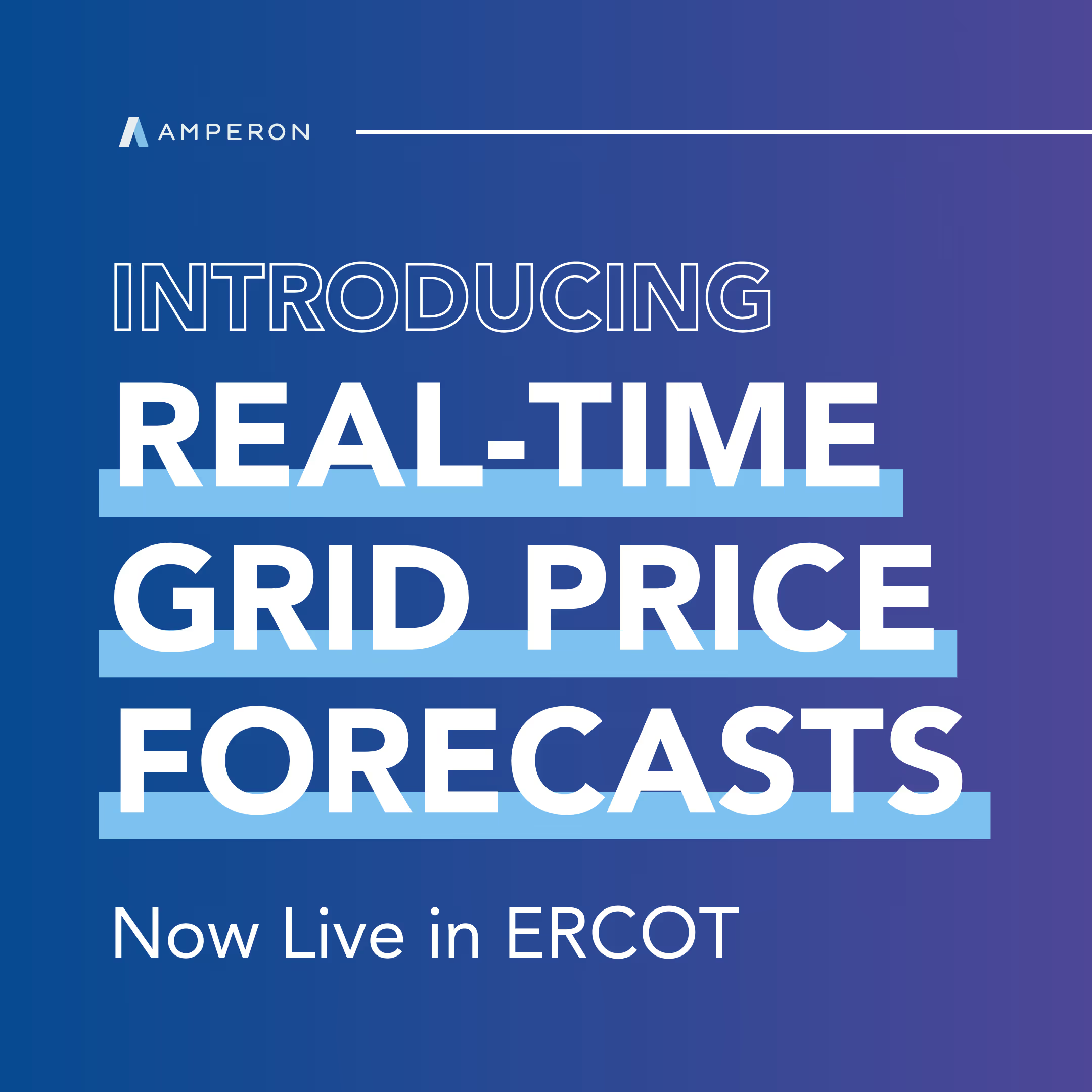
.avif)
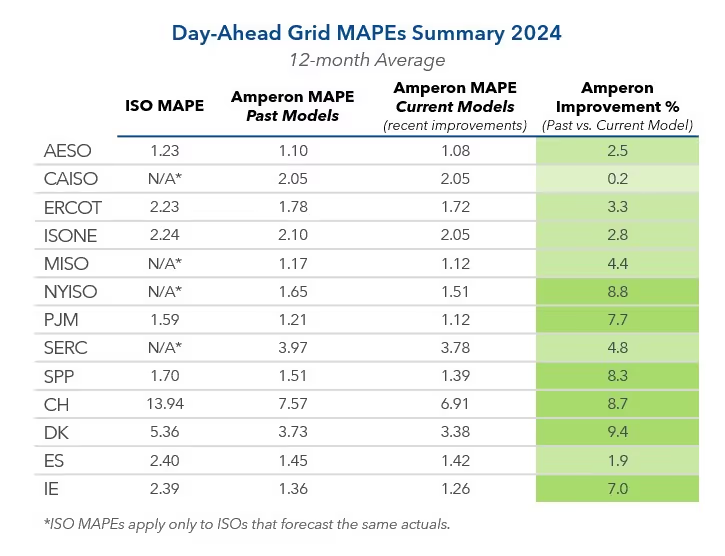

.avif)


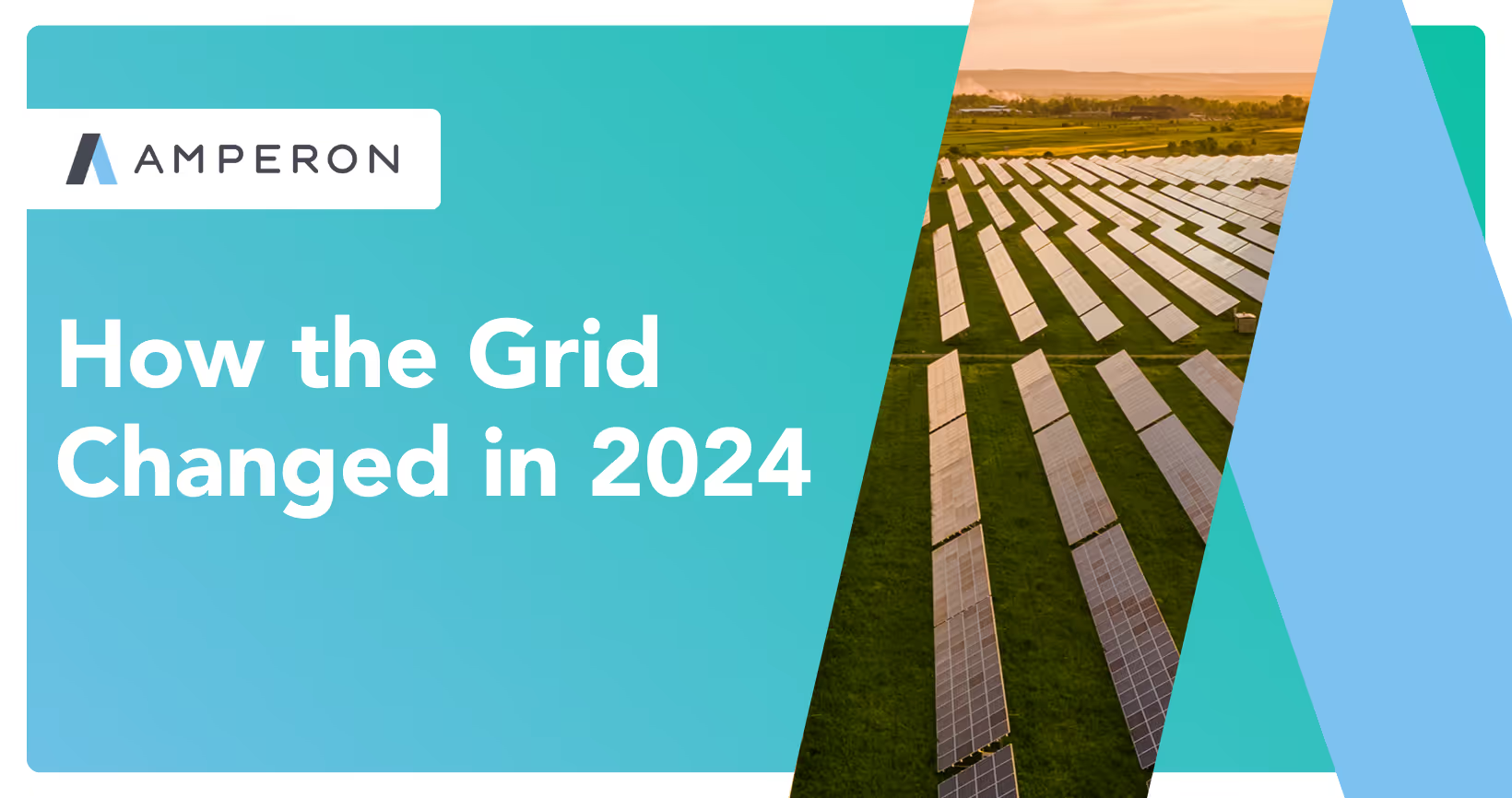
.avif)
%20(15).avif)
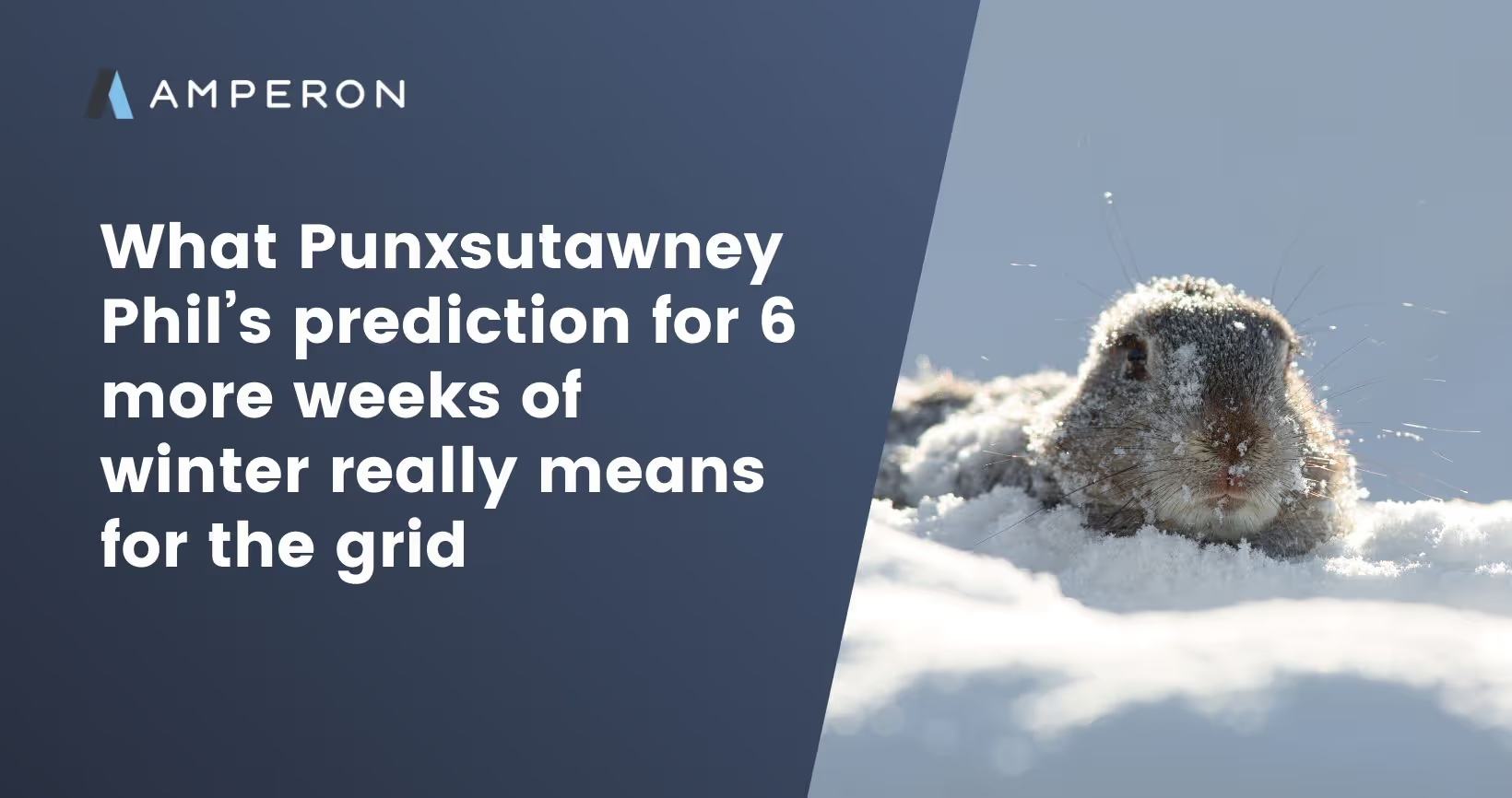
.avif)
%20(10).avif)

.avif)


.avif)

.avif)

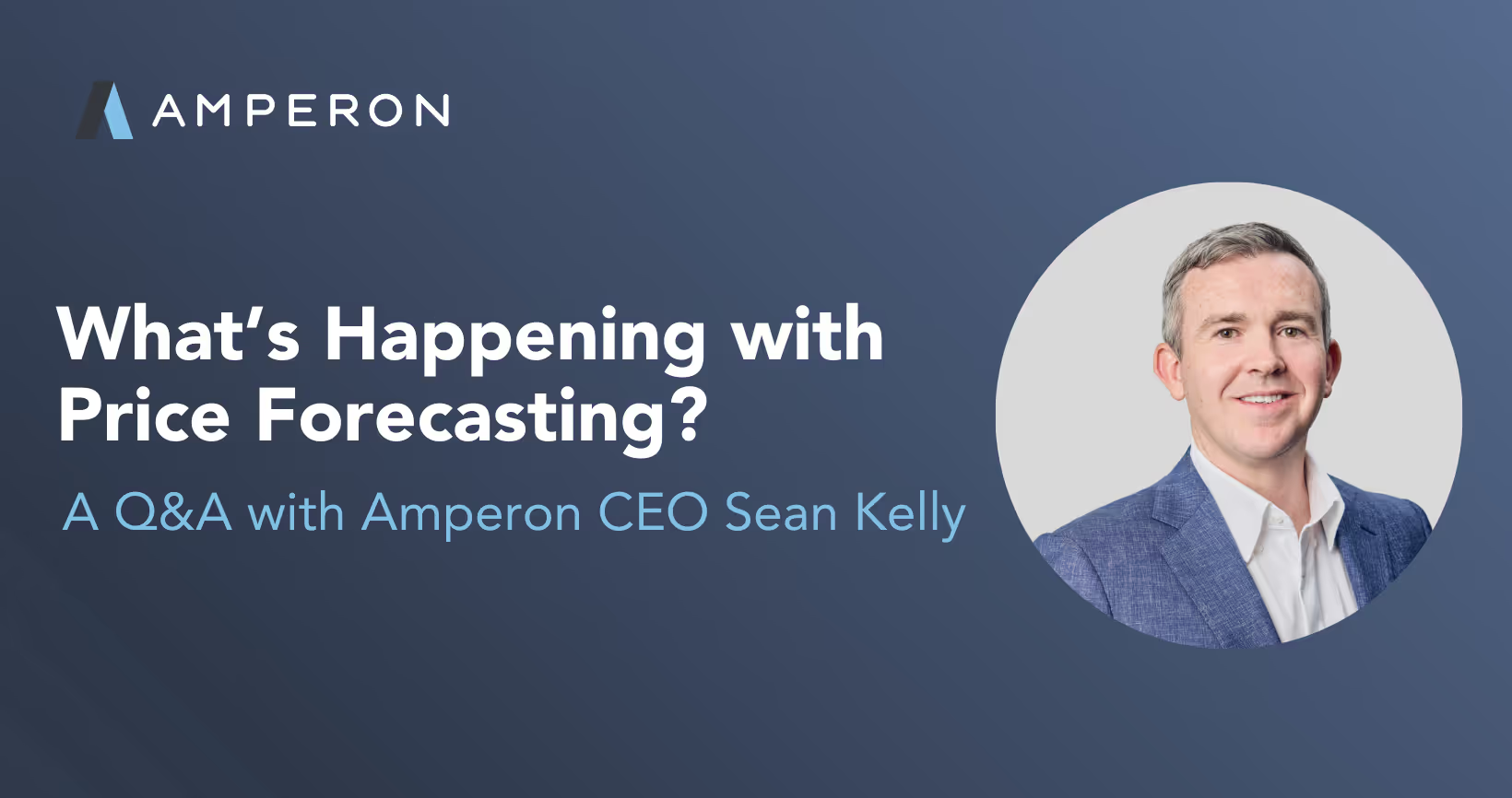

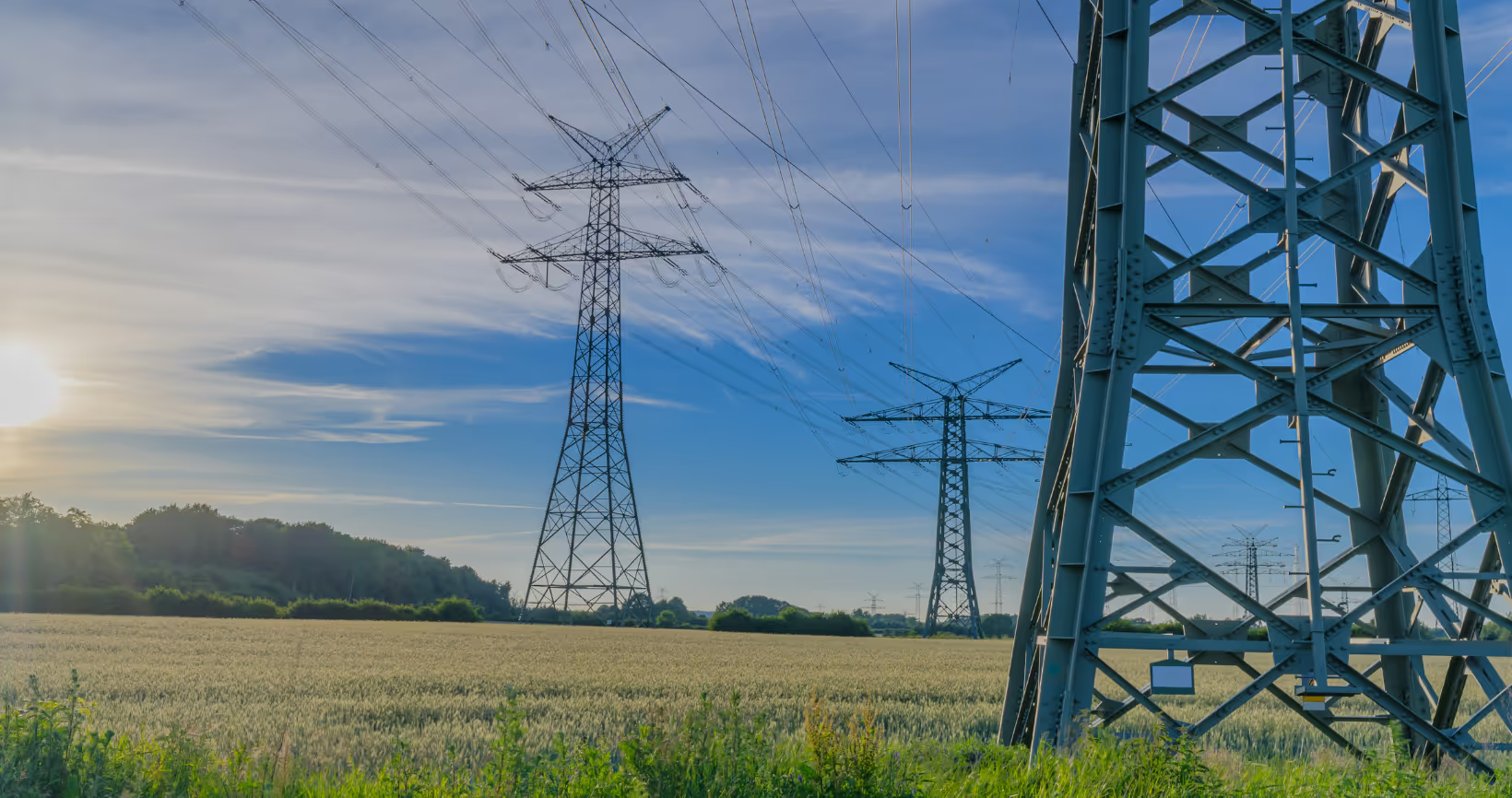


.avif)
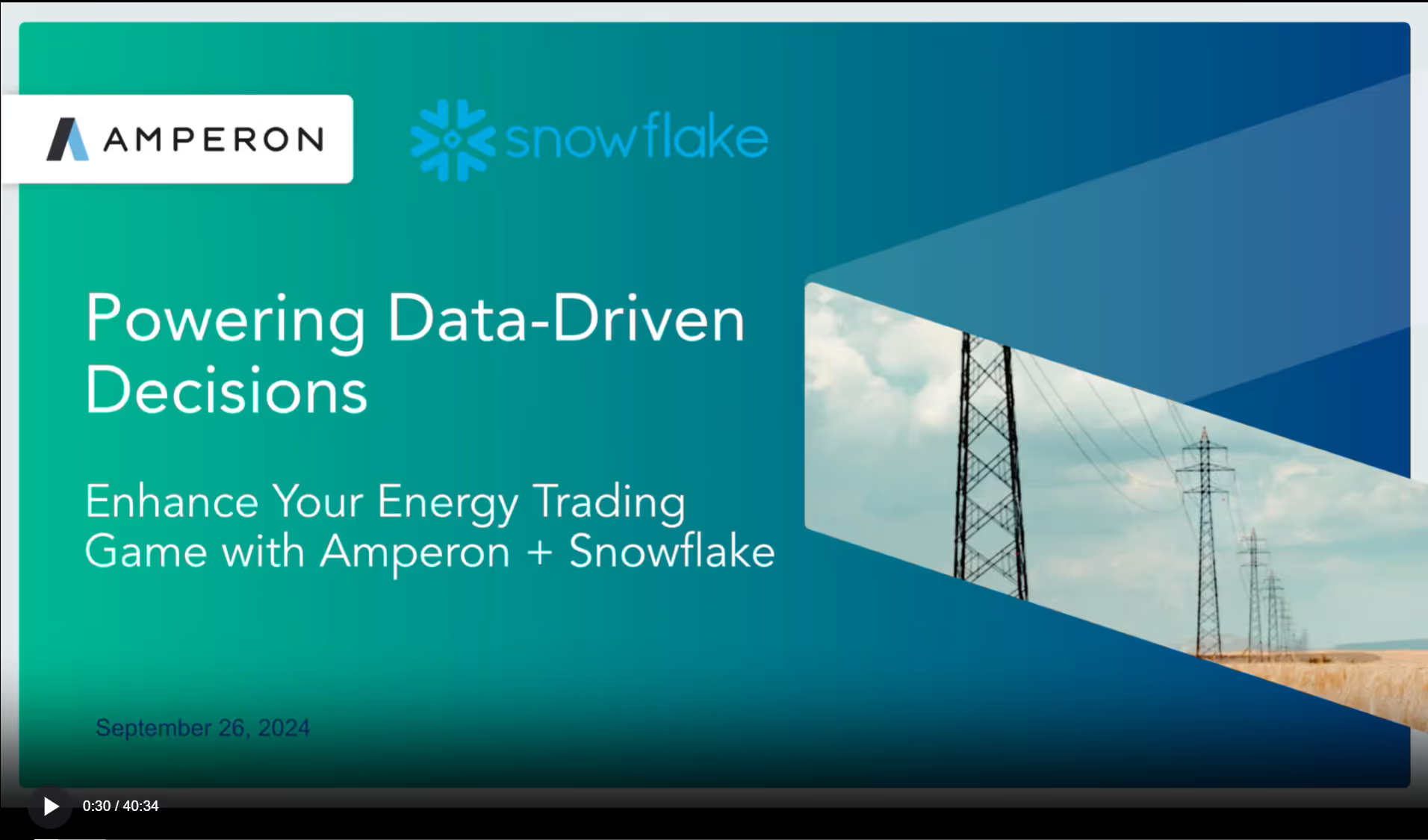


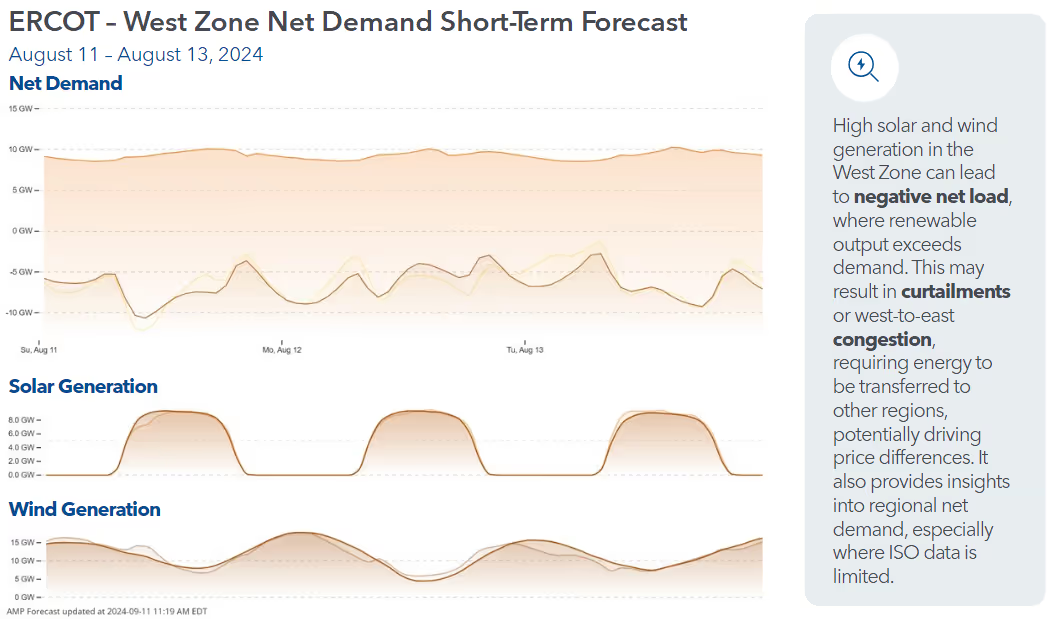
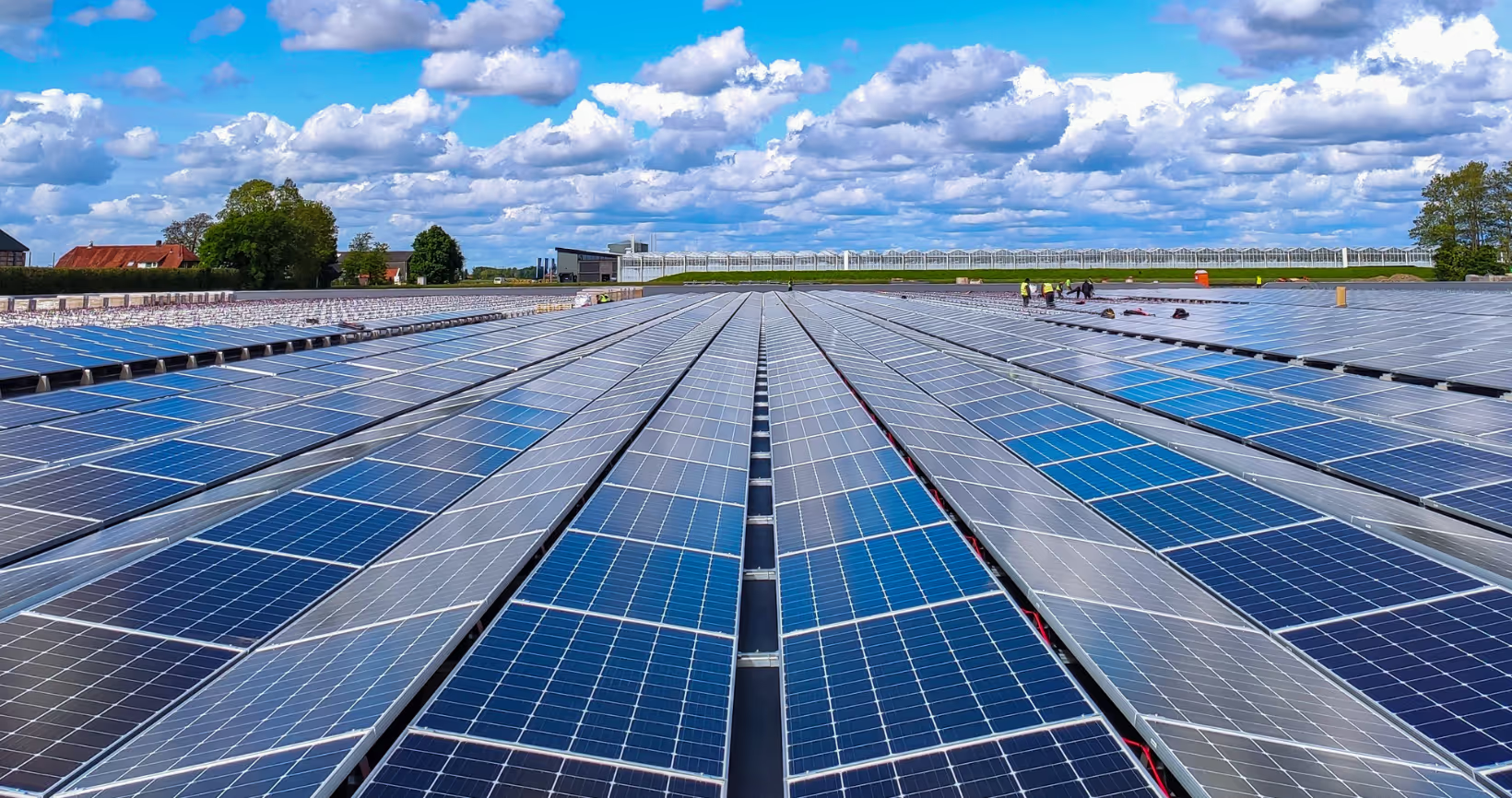




.avif)

.avif)

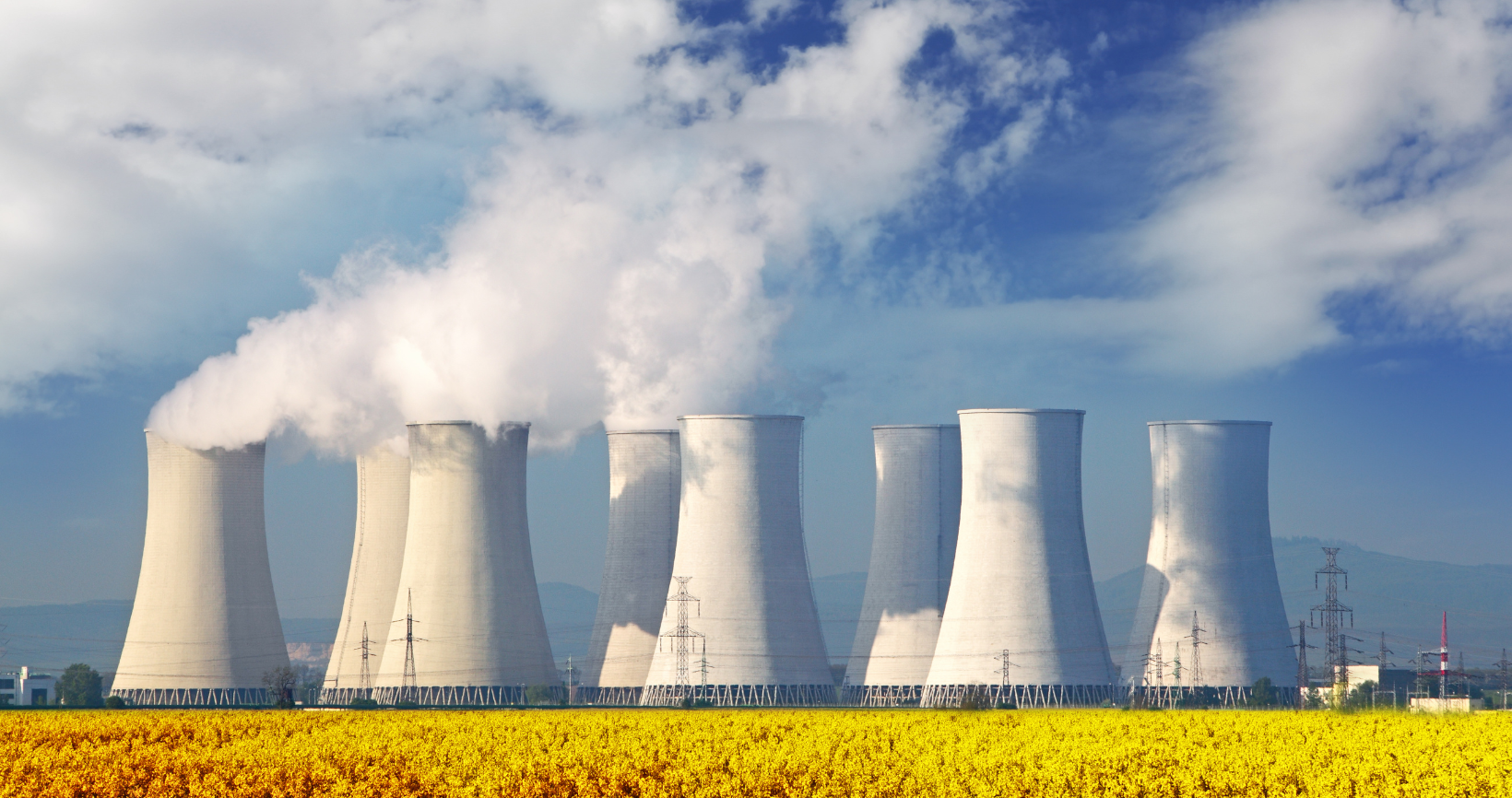


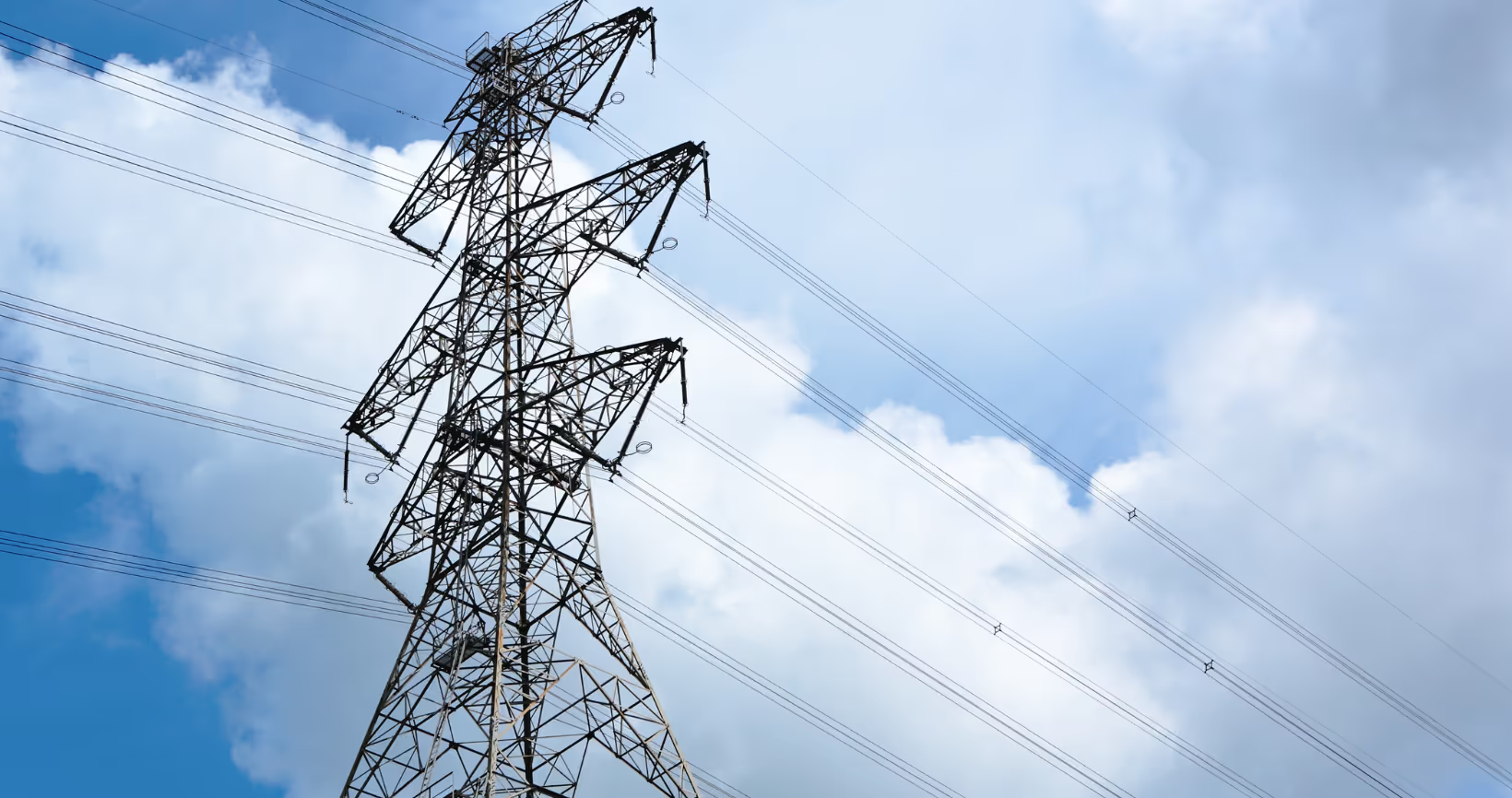
.avif)


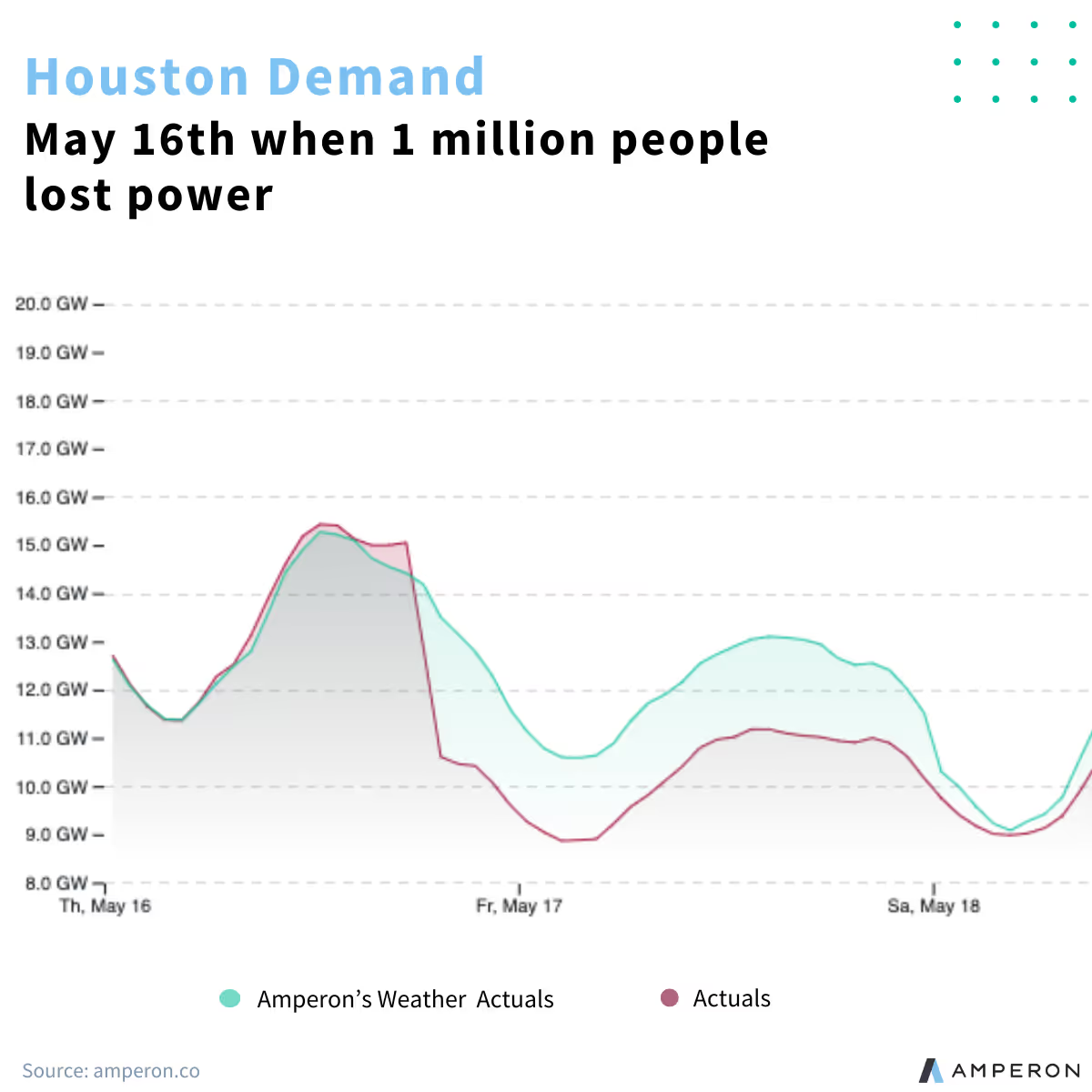
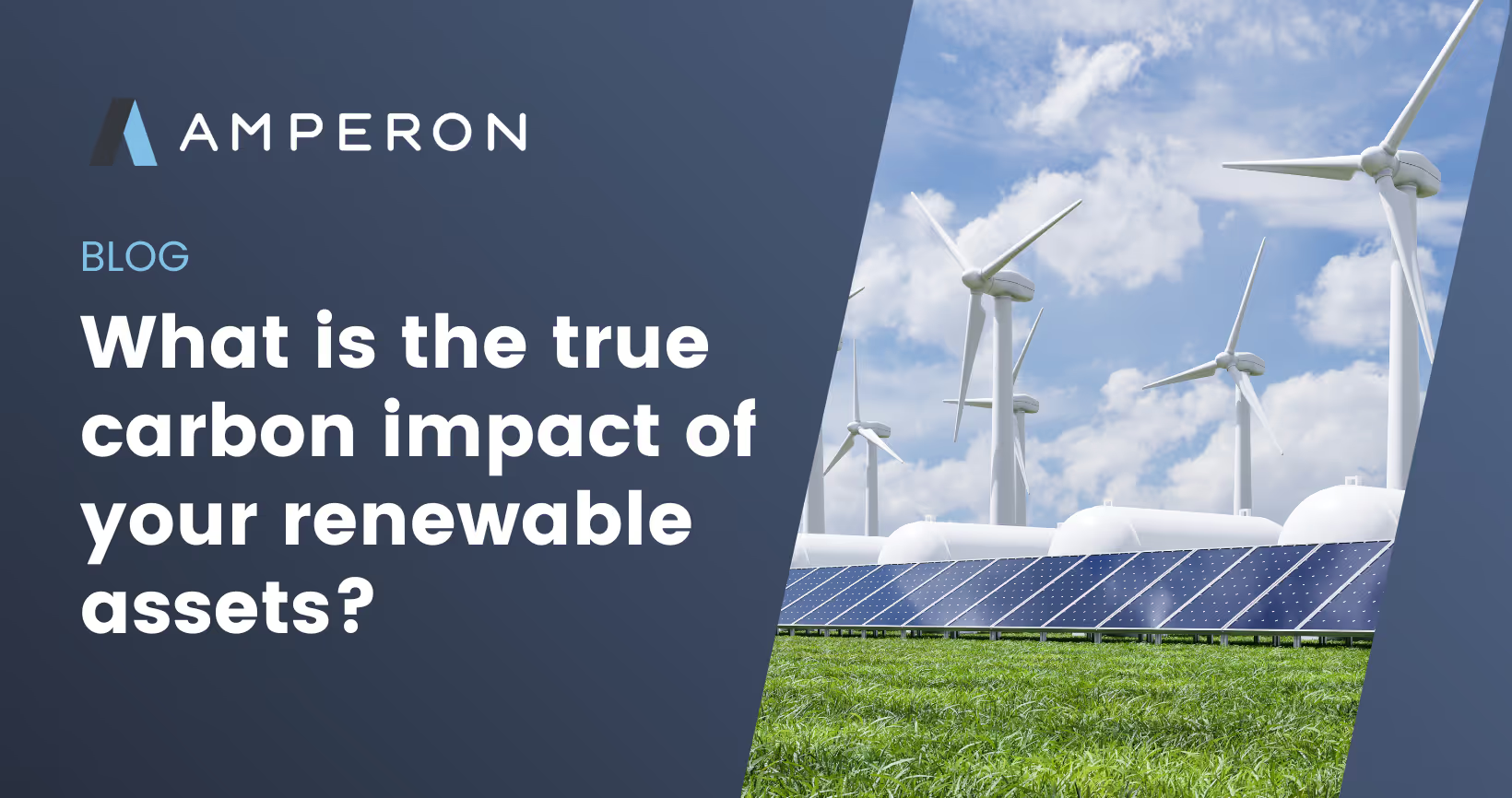

.avif)
.avif)



.avif)

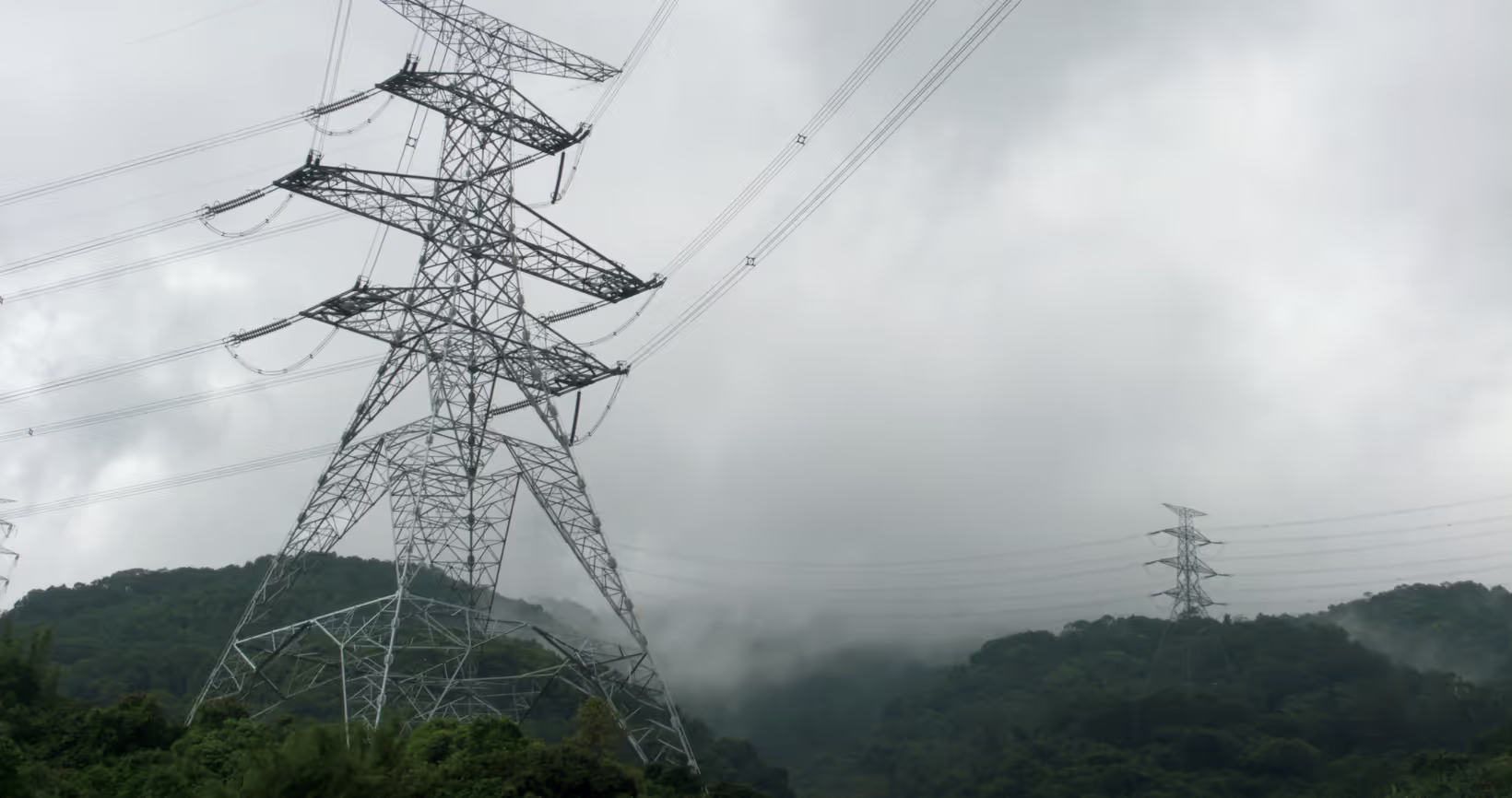


.avif)





